Redundancy
The term “redundancy” literally means “the state of being redundant.” In general, “redundant” refers to something excessive, superfluous, or not strictly necessary. It is often used to describe something that is more than required or has a duplicate function.
In technical and engineering contexts, redundancy means having extra components or systems in place to provide backup in case the primary ones fail. This use of redundancy ensures reliability and reduces the risk of failure. Redundancy refers to the inclusion of additional systems or components that are not strictly necessary but serve as backups to enhance reliability. For example, having two power supplies in a critical system is a form of redundancy designed to ensure continuous operation.
Overall, the literal meaning of “redundancy” captures the essence of having something more than what is required or having duplicate elements to ensure reliability.
Redundancy in LED Display
In the context of LED displays, “signal redundancy” and “power redundancy” refer to methods used to ensure the reliability and continuous operation of the display, even in the event of a component failure.
Signal Redundancy
Signal Redundancy is a technique used to maintain the integrity of the display’s operation in case of a failure in the signal transmission path. Here’s how it works:
- Multiple Signal Paths: The LED display system might have multiple signal sources or paths for transmitting data. If the primary signal path fails, the system can switch to a backup path, ensuring that the display continues to function without interruption.
- Backup Controllers: Some LED displays use backup controllers that take over if the main controller fails. This redundancy ensures that the display receives the correct data even if there’s a problem with the primary controller.
- Data Duplication: In some systems, the same data might be sent through different channels simultaneously. If one channel fails, the other can still deliver the data to the display.
The goal of signal redundancy is to prevent display failures due to issues in the signal transmission or processing stages.
In AET’s LED Display, most of the display category having this feature of signal redundancy. We use multiple signal paths along with separate spare receiving cards to achieve this feature.
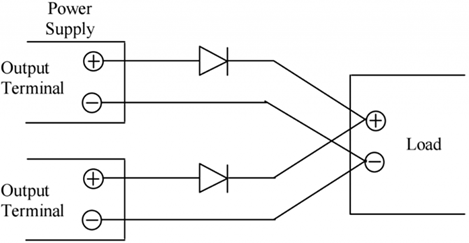
Power Redundancy
Power Redundancy refers to ensuring that the LED display remains operational even if there is a power supply failure. This can be achieved through several methods:
- Dual Power Supplies: Many LED displays are equipped with dual (or even multiple) power supplies. If one power supply fails, the other can continue to provide power to the display. This setup helps in avoiding a complete shutdown of the display.
- Uninterruptible Power Supply (UPS): A UPS can be used to provide backup power in case of a power outage or a failure of the main power source. It ensures that the display remains operational during brief power interruptions and can provide enough time to switch to a backup power solution if necessary.
- Redundant Power Circuits: In some advanced systems, multiple power circuits within the display can take over if one circuit fails, ensuring continuous operation.
The aim of power redundancy is to ensure that the LED display can keep functioning even in the event of a power supply issue, thus minimizing downtime.
Most of the AET’s LED Display cabinet comes with the extra space to fit the secondary/ parallel SMPS which allows the user to achieve power redundancy by paying some extra cost.
Summary
- Signal Redundancy: Ensures continuous display operation by providing backup signal paths or controllers in case of failure.
Power Redundancy: Keep the display operational by using multiple power supplies or backup power sources to handle power failures.
Both types of redundancy are crucial for high-reliability environments where uninterrupted display performance is essential, such as in control rooms, live event displays, or digital billboards.
At AET LED Displays, we’re passionate about the LED displays industry, and we hope this article has provided valuable insights for you. Follow our blogs for more in-depth knowledge, and the latest updates in the LED display industry. Thank you once again for being part of the AET community.
For more product information, visit https://aetdisplays.com/ or Send us your inquiries at sales@aetled.com
To know more about the latest updates, follow our LinkedIn page https://www.linkedin.com/company/aet-displays-limited/






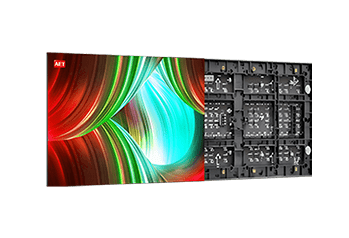


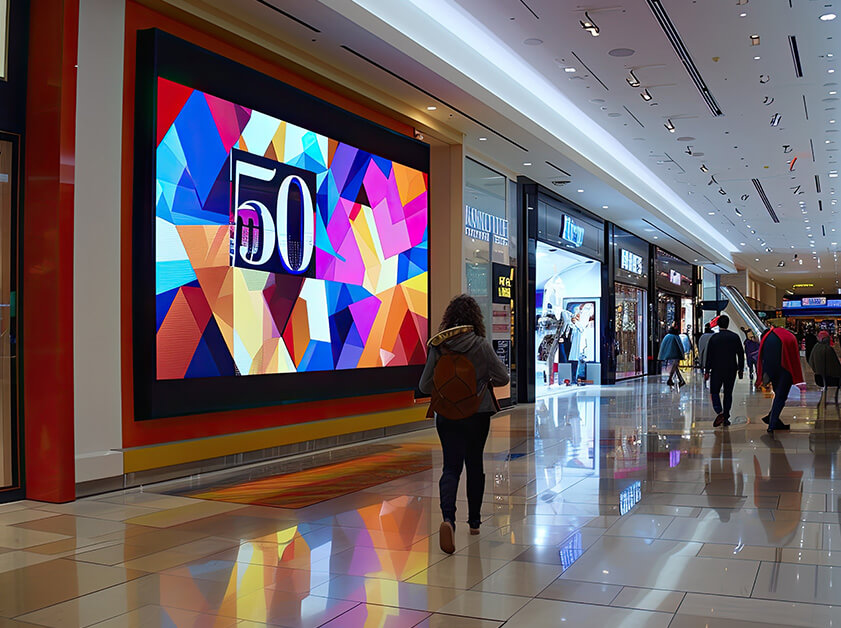
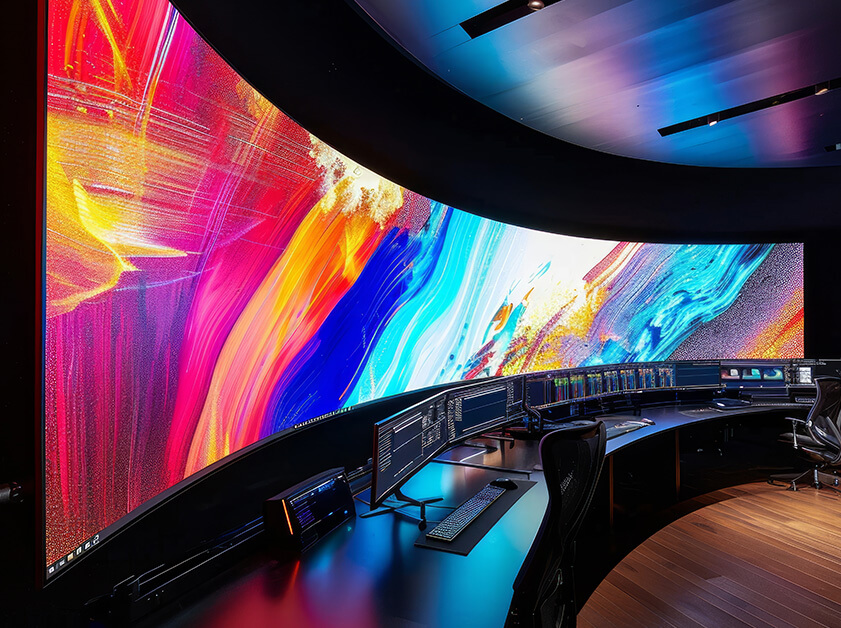

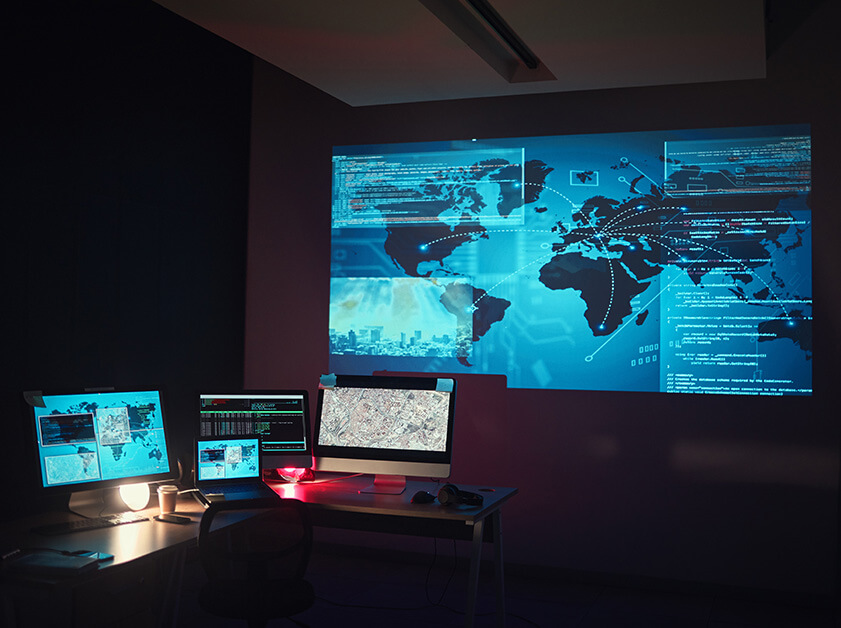
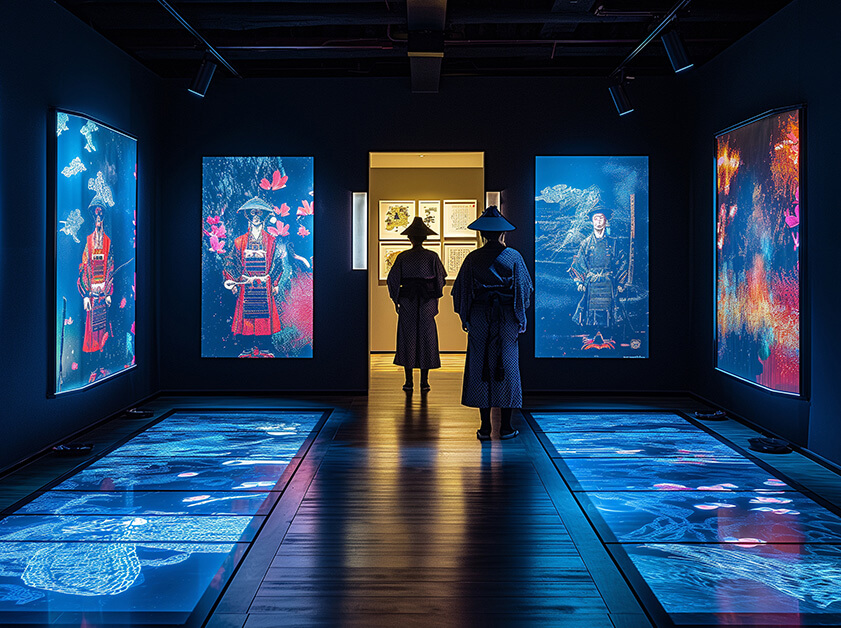
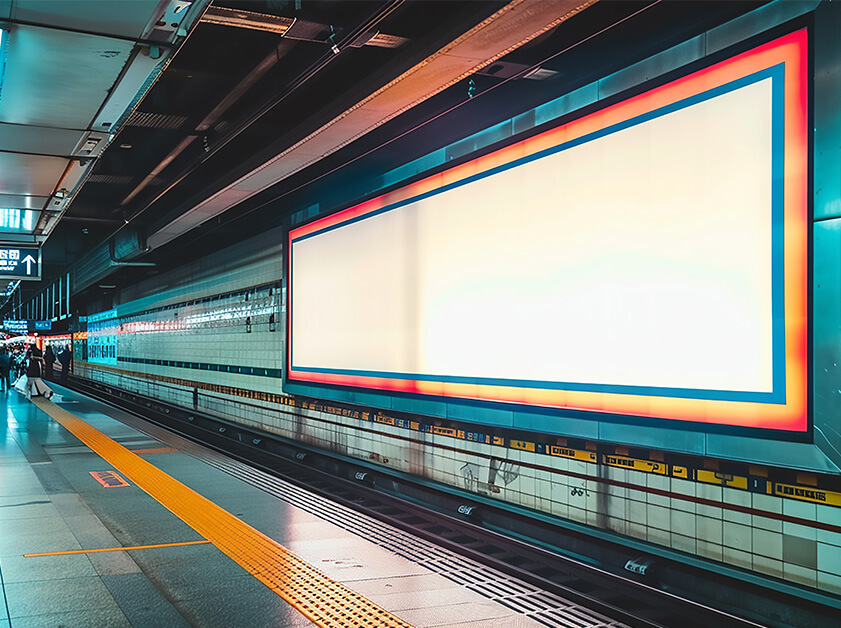

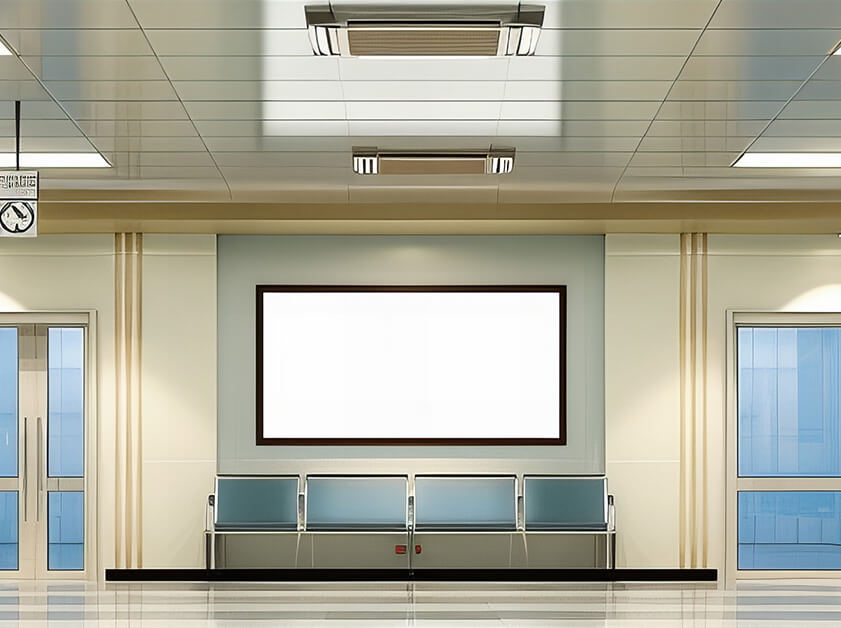
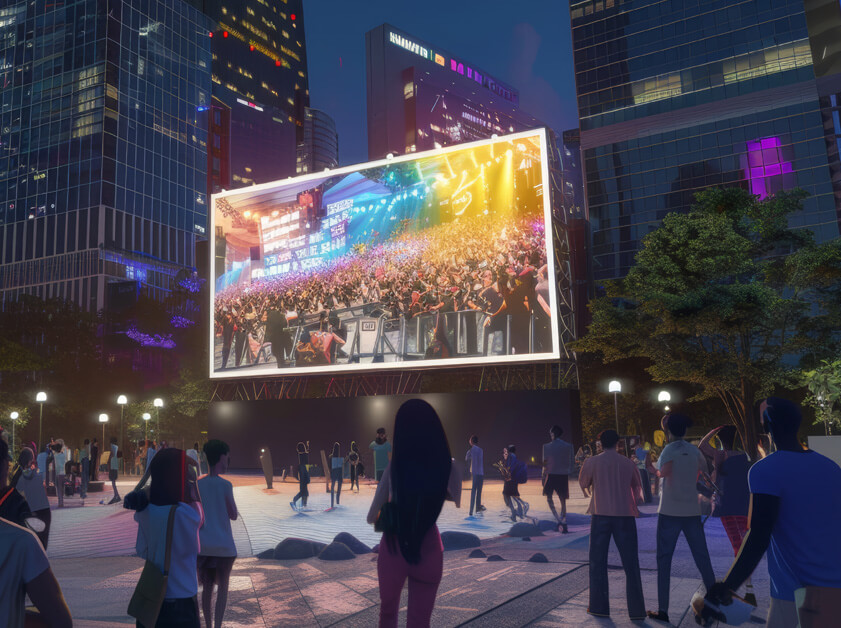















0 Comments